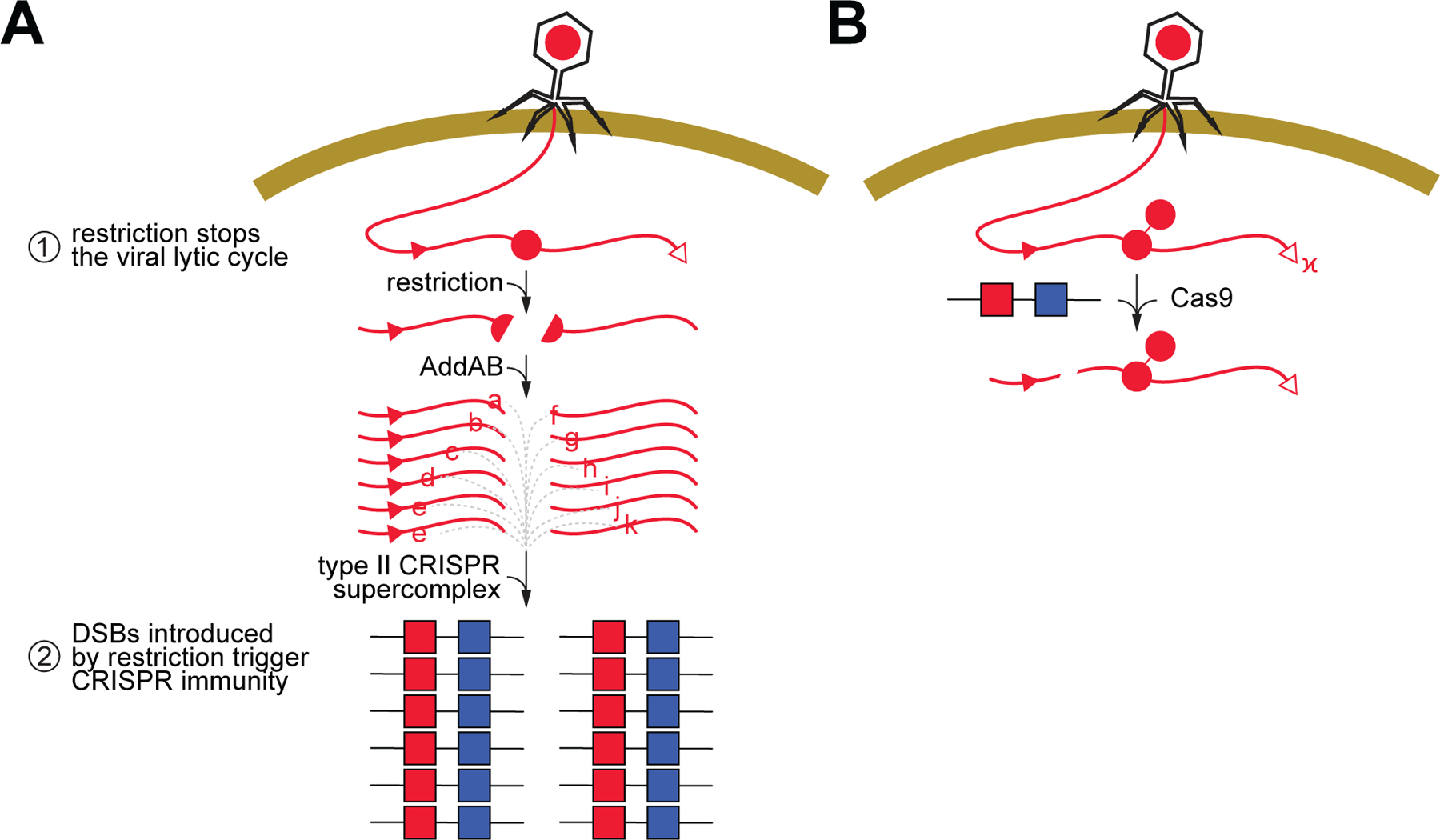Figure 6. Restriction prevents the death of the host and at the same time provides the substrates for new spacers.

(A) In our model for the synergistic effect of RM and type II-A CRISPR systems, cleavage of the viral DNA at the restriction site (red circle, “R”) shortly after infection has a dual effect: (i) it prevents the completion of the lytic cycle and death of the host, and (ii) generates free dsDNA ends that are processed by AddAB and then used by the type II supercomplex to acquire new spacers (red squares, a, b,…, k). Chi sites (red triangles), if positioned in the correct direction to inhibit AddAB, limit the region of spacer acquisition to a hotspot between the restriction and the chi site. Acquisition from the free dsDNA at the injected cos site is less frequent. (B) When methylation of the restriction site (red circle, “m”) prevents this first line of defense, a subpopulation of bacterial hosts are already immunized with the spacers acquired during restriction, enabling the Cas9 endonuclease to cleave the viral DNA and prevent infection. See also Figure S6.
